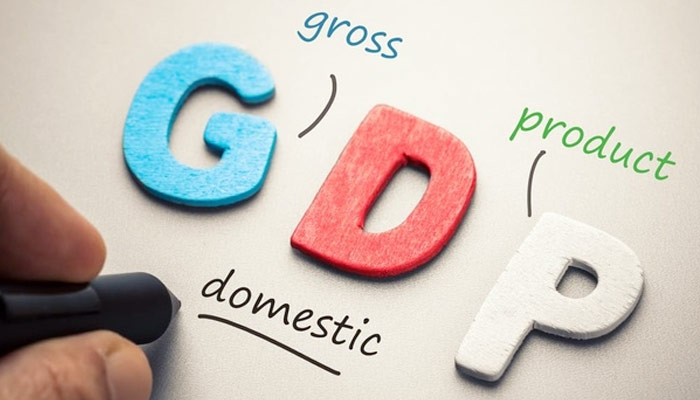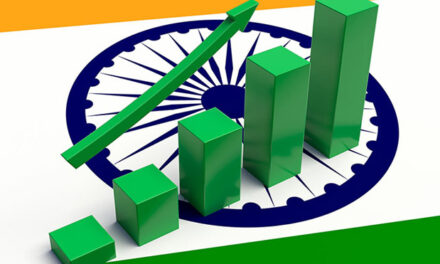 The latest Economic Outlook Survey by the Federation of Indian Chambers of Commerce and Industry (FICCI’) puts forth a quarterly median forecast of 6 per cent for gross domestic product (GDP) growth in the first quarter of 2019-20. India’s growth numbers for the first quarter are expected to be released by Central Statistics Office (CSO).
The latest Economic Outlook Survey by the Federation of Indian Chambers of Commerce and Industry (FICCI’) puts forth a quarterly median forecast of 6 per cent for gross domestic product (GDP) growth in the first quarter of 2019-20. India’s growth numbers for the first quarter are expected to be released by Central Statistics Office (CSO).
Furthermore, the annual median GDP growth forecast for 2019-20 has been pegged at 6.9 per cent, with a minimum and maximum estimate of 6.7 per cent and 7.2 per cent respectively. While the median growth forecast for agriculture and allied activities has been put at 2.2 per cent for 2019-20, the industry and services sector are expected to grow by 6.9 per cent and 8.0 per cent respectively during the current financial year, according to FICCI report.
The survey was conducted in June-July covering economists belonging to the industry, banking and financial services sectors. With regard to inflation, the latest official numbers report moderate price levels. The outlook of participating economists on inflation also remains benign.
The median forecast for wholesale price index (WPI)-based inflation rate for 2019-20 has been put at 2.9 per cent, with a minimum and maximum estimate of 2.1 per cent and 5.7 per cent respectively. The consumer price index, on the other hand, has a median forecast of 3.7 per cent for 2019-20, with a minimum and maximum estimate of 3.4 per cent and 4.1 per cent respectively.
Concerns remain on external front with median current account deficit forecast pegged at 2.3 per cent of GDP for 2019-20. Merchandise exports are expected to grow by 3.6 per cent, while imports are expected to grow by 4 per cent during the year. Overall decline in global growth forecasts, escalating trade tensions, uncertainty around BREXIT and foggy outlook on international crude oil prices have emerged as key concerns on the external front, according to the survey.
Slower global growth will impact India’s growth prospects as well going forward. In fact, economists unanimously indicated that India’s potential growth rate would be in 7 per cent to 7.5 per cent range, which is lower than the 8 per cent plus potential growth rate estimated until a few years back.
However, a majority of participants felt that potential GDP growth would settle at the higher end of the range at 7.5 per cent. The participating economists were sceptical and divided about replicating the previous high growth performance of over 8 per cent and sustaining it at that level. Those who were optimistic believed that a turnaround would be challenging given the current global environment and could take at least three to four years.
On the strategies to achieve India’s potential growth rate, the surveyed economists suggested four key areas that needed immediate attention: boosting agriculture sector, strengthening micro, small and medium enterprises (MSMEs), undertaking factor market reforms, and enhancing avenues for infrastructure financing.
The participating economists opined that it was necessary to ensure availability of capital and access to diversified long-term capital sources for carrying out productive investments in the economy. They felt that it was necessary for input and, more importantly, borrowing costs to be lower to drive investments and employment in the country.










